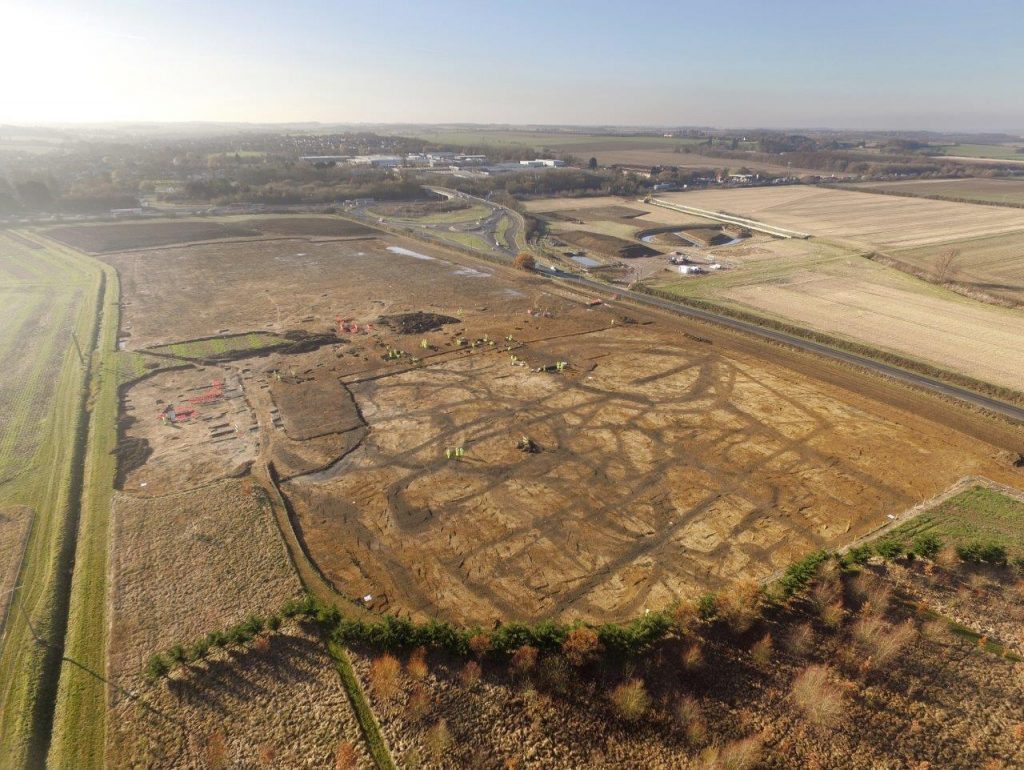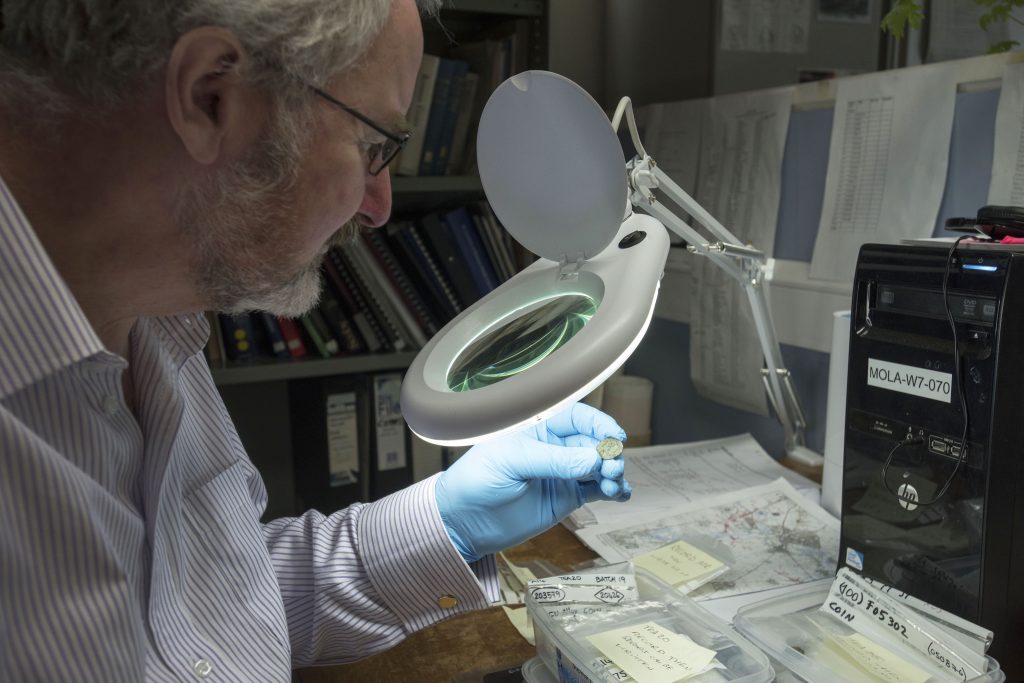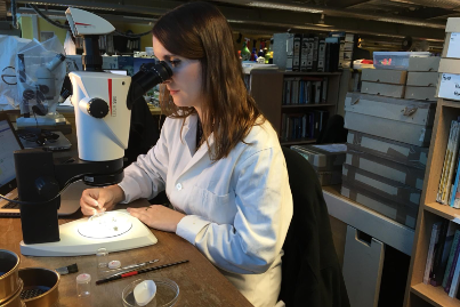Our efforts to uncover the secrets of the Cambridgeshire countryside through the archaeology programme of the A14 Cambridge to Huntingdon improvement scheme have reached an exciting stage. We have started the main phase of analysis, with a project team of over 70 people spread all over the country looking at everything from plant and insect remains to pottery, metalwork, animal bone and human remains. Over the next three years, this analysis will give us a clearer understanding of how people lived, worked, interacted and died in Cambridgeshire across a period of over 12,000 years, and will lead to series of fascinating outputs to enjoy, including:
- A digital archive with site reports
- An interactive ebook of the full results
- A printed academic book on the wider archaeological landscape
- A popular print book and digital interactive, highlighting the important discoveries along the route
- Specialist journal articles
This work builds on two years of work to assess the vast quantities of data collected through excavation, and understand the nature of the archaeology and its potential to address some fundamental research questions. This provided vital new information on the many exciting discoveries spanning twelve millennia, including:
- Mesolithic (c 10,000-4,000 BC) flint-working sites on the gravels of the River Great Ouse
- Neolithic to middle Bronze Age (c 4,000-1150 BC) ceremonial centres developing alongside the river, with monuments and burials
- Middle to late Bronze Age (c 1150-800 BC) enclosures, hedgerows and fields succeeding circular monuments of the early Bronze Age
- Middle to late Iron Age (c 350 BC – AD 43) farmsteads linked by boundaries
- A probable Roman (AD 43-410) villa associated with exotic objects and foodstuffs like olives, grapes and figs
- A large Roman farmstead possibly involved in military supply networks
- A community south west of Brampton which grew from an early/middle Saxon (5th-8th century AD) dispersed settlement to a medieval (11th-15th century) hamlet over the course of 5-600 years
- Members of the project team at work
The coincidence of the start of the analysis phase with COVID-19 lockdown has certainly posed some challenges. However, with the project team being so dispersed we already had robust systems for remote working in place, including an integrated cloud-based database, extensive data hub and mapping system. As a result, analysis is progressing well and we look forward to being able to update you here on all the new discoveries we make over the course of the next few years.
Look forward to hearing more about…
- How our Archaeology MA students got on with their placements at MOLA Headland Infrastructure
- What C14 dating has revealed about the ages of finds and archaeological features
- A new pottery industry identified thanks to the network of Roman pottery kilns uncovered on the scheme
- Resolving unanswered questions about the abandoned medieval village of Houghton
- The history of railway workings at Huntingdon Station, including a signal box and engine shed
- Insights into Civil War (1642-51) defensive works in Huntingdon, a town that was held by Parliamentarian forces
- Scientific analysis of Bronze Age, Roman and Saxon human remains
In an exciting new development, all of the assessment data can now be viewed online via the Archaeology Data Service: https://doi.org/10.5284/1081261. This site will eventually house the entire A14 digital archive and reports and interactive book, which will be uploaded in stages, so please do check back here for further downloads.
Join us on our journey!
- @A428Cat#A14Archaeology
- facebook.com/A428BlackCat #A14Archaeology
- Find out more about the A14C2H improvement scheme here
The archaeological programme for the Cambridge to Huntingdon improvement scheme is being carried out by A14 Integrated Delivery Team on behalf of Highways England.



0 Comments
Leave A Comment